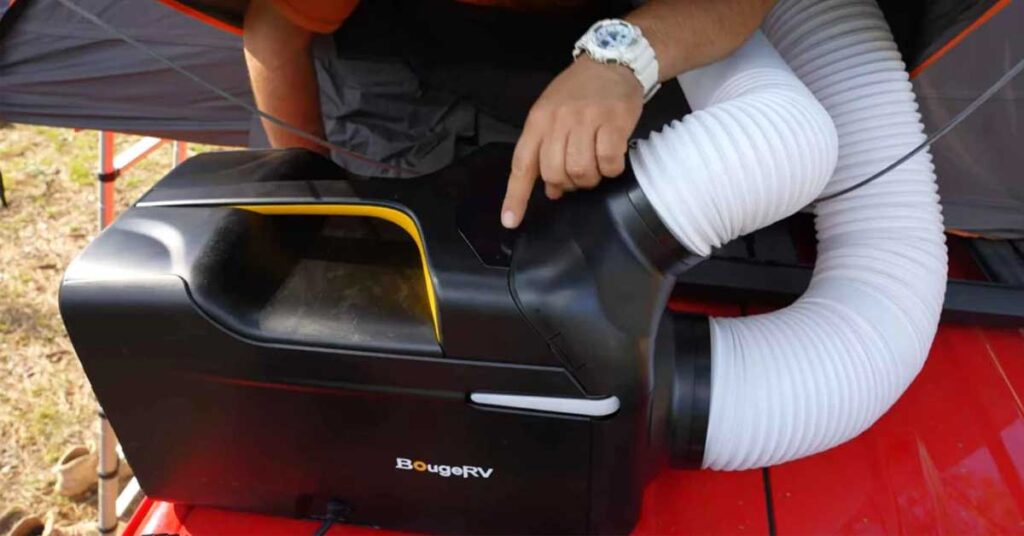In the ever-evolving landscape of blockchain technology, scalability has been a long-standing challenge, hindering the widespread adoption of decentralized applications (dApps) and smart contracts. However, a groundbreaking solution has emerged in the form of Arbitrum, a layer-2 scaling solution that promises to alleviate the bottlenecks plaguing the Ethereum network. At the heart of this innovation lies the Arbitrum bridge, a crucial component that facilitates seamless interoperability between the Ethereum mainnet and the Arbitrum ecosystem.
The Scalability Dilemma: Ethereum’s Growing Pains
Ethereum, the pioneering smart contract platform, has undoubtedly revolutionized the way we perceive and interact with decentralized applications. However, as the network’s popularity soared, so did the demands placed upon it. Transactions became increasingly slower and more expensive, creating a barrier to entry for many users and projects alike. This scalability issue threatened to undermine Ethereum’s potential, necessitating the development of innovative solutions to accommodate the growing user base.
Enter Arbitrum: A Layer-2 Scaling Solution
Developed by Offchain Labs, Arbitrum is a layer-2 scaling solution that operates as an Optimistic Rollup, a technology that bundles and executes transactions off the Ethereum mainnet while leveraging the network’s security and decentralization. By shifting transaction processing to a separate layer, Arbitrum effectively relieves the congestion on the Ethereum mainnet, resulting in faster and cheaper transactions.
The Arbitrum Bridge: Unlocking Interoperability
At the core of Arbitrum’s functionality lies the Arbitrum bridge, a critical component that enables the seamless transfer of assets between the Ethereum mainnet and the Arbitrum ecosystem. This bridge acts as a secure gateway, allowing users to move their Ether (ETH) and ERC-20 tokens back and forth between the two networks.
The bridging process is designed to be user-friendly and efficient. To move assets from the Ethereum mainnet to Arbitrum, users simply need to initiate a deposit transaction through the Arbitrum bridge. This transaction is then recorded on the Ethereum mainnet, and the corresponding assets are credited to the user’s Arbitrum account after a brief waiting period (known as the “dispute period”).
Conversely, to withdraw assets from Arbitrum back to the Ethereum mainnet, users initiate a withdrawal request on the Arbitrum network. After a similar dispute period, during which any potential fraudulent activity can be challenged, the assets are released and credited to the user’s Ethereum mainnet account.
The Arbitrum bridge employs advanced cryptographic techniques, such as fraud proofs and interactive proofs, to ensure the integrity and security of the bridging process. This robust security model helps protect against malicious actors and ensures the seamless and trustless transfer of assets between the two networks.
Revolutionizing DeFi and Beyond
The impact of the Arbitrum bridge extends far beyond mere scalability solutions. By enabling efficient and cost-effective transactions, Arbitrum has opened up a world of possibilities for decentralized finance (DeFi) applications and other blockchain-based projects.
In the realm of DeFi, Arbitrum has already attracted a multitude of prominent projects, such as Uniswap, Curve, and Balancer, which have deployed their protocols on the Arbitrum network. These deployments have not only alleviated the strain on the Ethereum mainnet but have also significantly reduced transaction fees, making DeFi services more accessible to a broader user base.
Beyond DeFi, Arbitrum has emerged as a viable platform for various other applications, including non-fungible token (NFT) marketplaces, gaming platforms, and decentralized autonomous organizations (DAOs). The low transaction costs and high throughput provided by Arbitrum have enabled developers to create innovative and user-friendly applications that were previously hindered by the limitations of the Ethereum mainnet.
The Future of Scaling: Embracing Layer-2 Solutions
The success of Arbitrum and its bridge has sparked a renewed interest in layer-2 scaling solutions across the blockchain ecosystem. As the demand for decentralized applications continues to grow, it is becoming increasingly evident that layer-2 solutions like Arbitrum will play a pivotal role in ensuring the scalability and sustainability of blockchain networks.
Moreover, the concept of bridging assets between different networks is gaining traction, paving the way for greater interoperability and cross-chain communication. This development holds the potential to unlock new synergies and collaboration opportunities within the blockchain ecosystem, fostering innovation and driving widespread adoption.
Conclusion
The Arbitrum bridge represents a significant milestone in the pursuit of scalable and accessible blockchain solutions. By seamlessly bridging the gap between the Ethereum mainnet and the Arbitrum ecosystem, this innovative technology has empowered developers and users alike, enabling them to leverage the benefits of decentralized applications without the constraints of scalability limitations.
As the blockchain industry continues to evolve, the Arbitrum bridge DefiWay stands as a testament to the power of innovation and collaboration within the community. With its proven ability to enhance performance, reduce costs, and foster interoperability, Arbitrum has set the stage for a future where decentralized applications can thrive, driving mainstream adoption and unlocking the full potential of blockchain technology.
ⓘ LAFFAZ is not responsible for the content of external sites. Users are required to read and abide by our Terms & Conditions.









